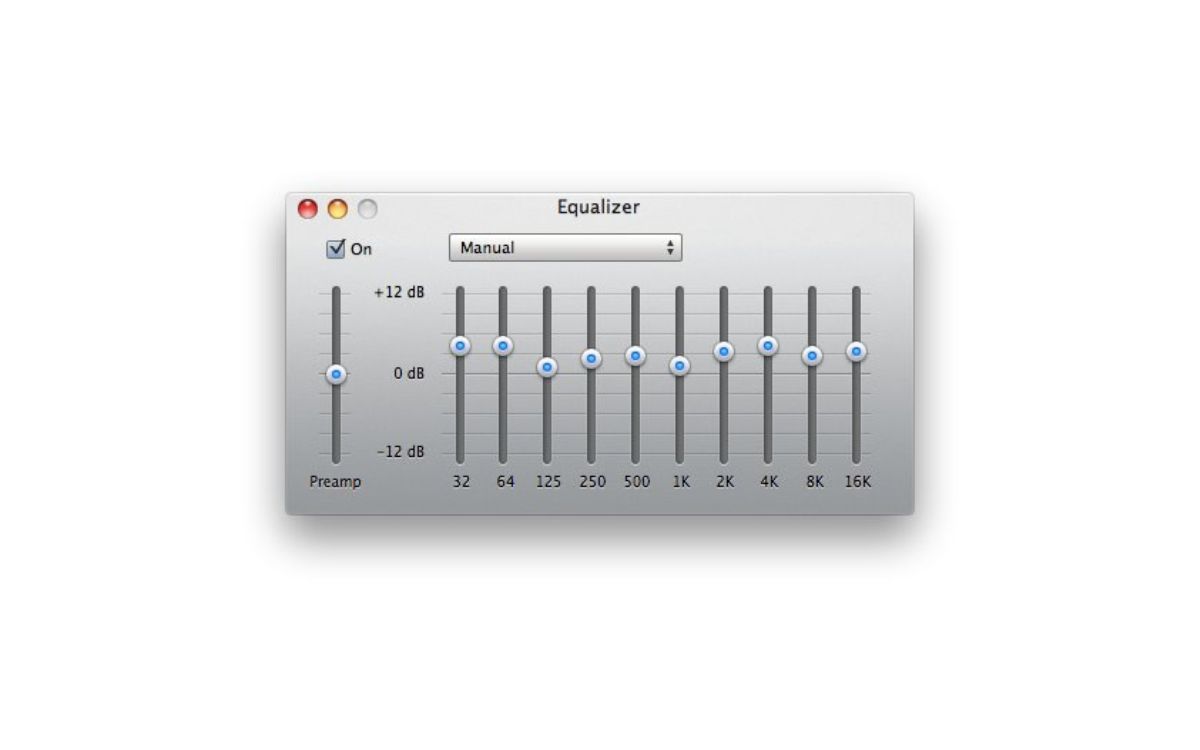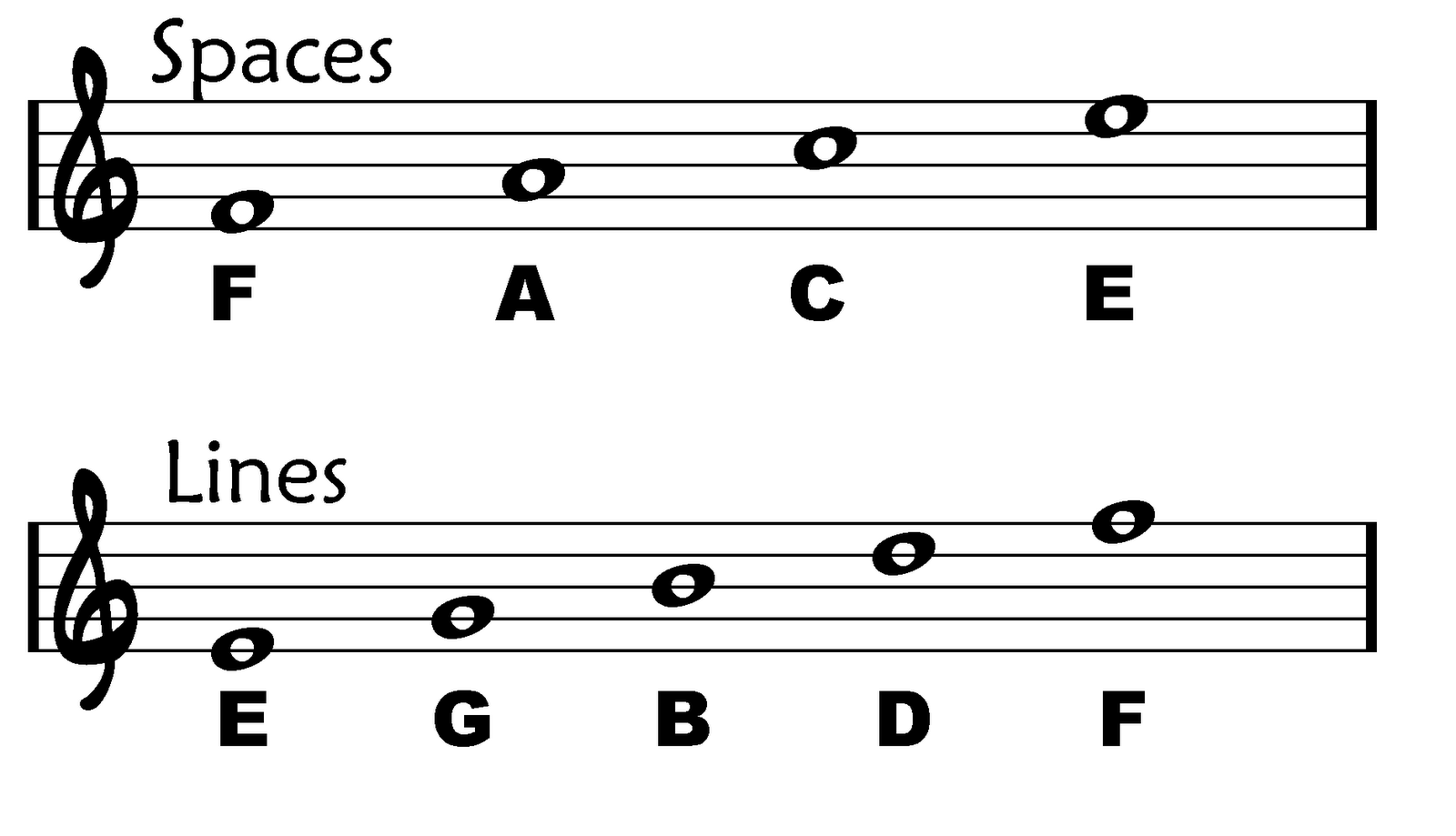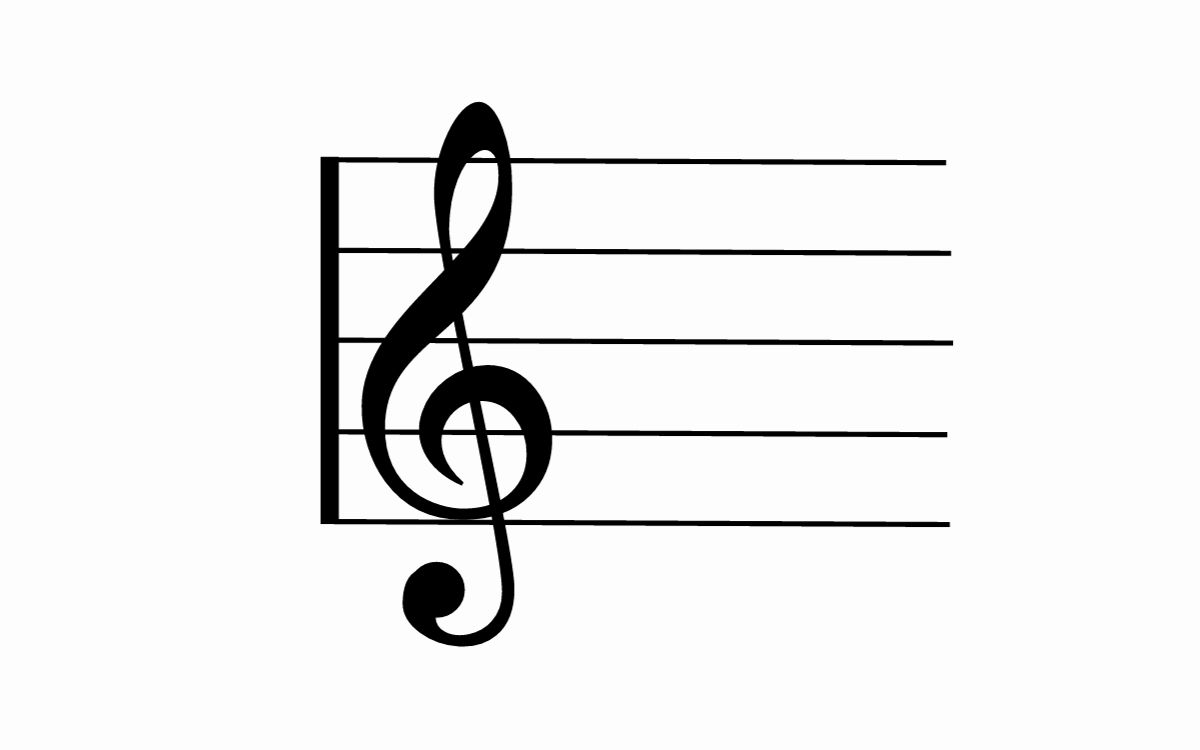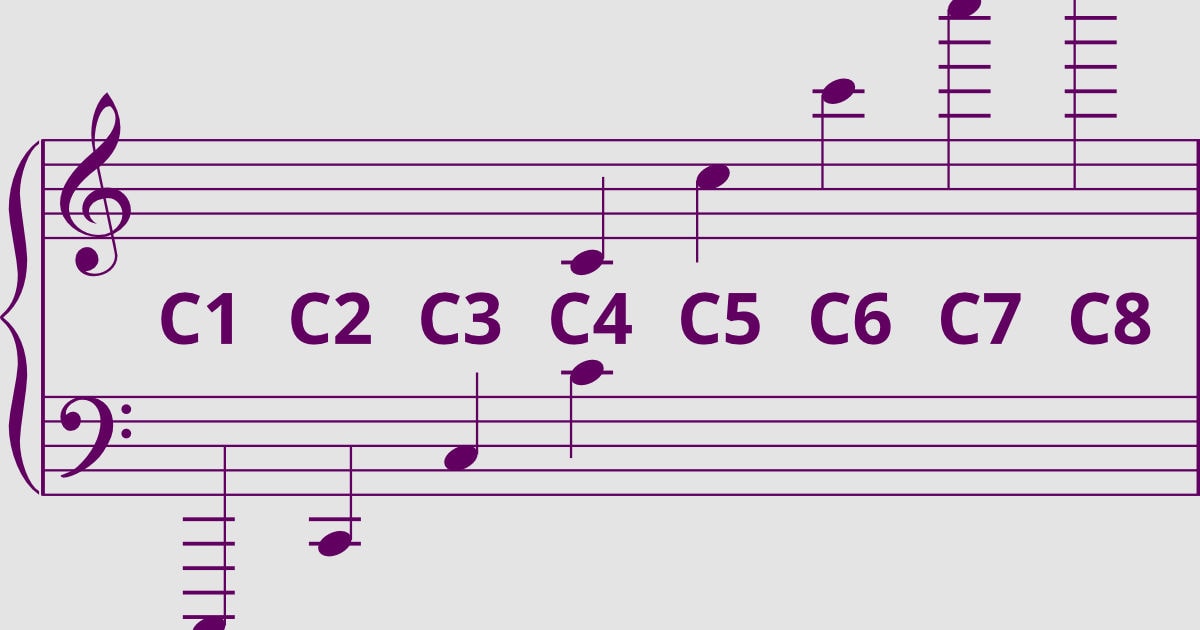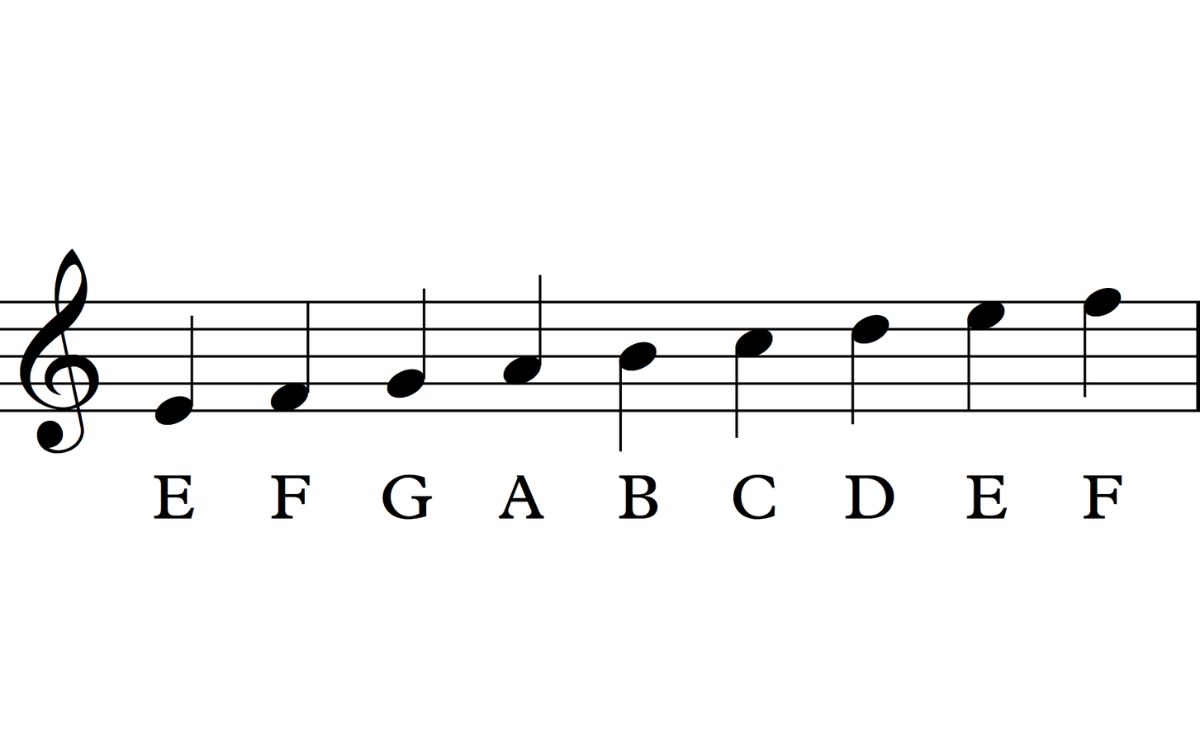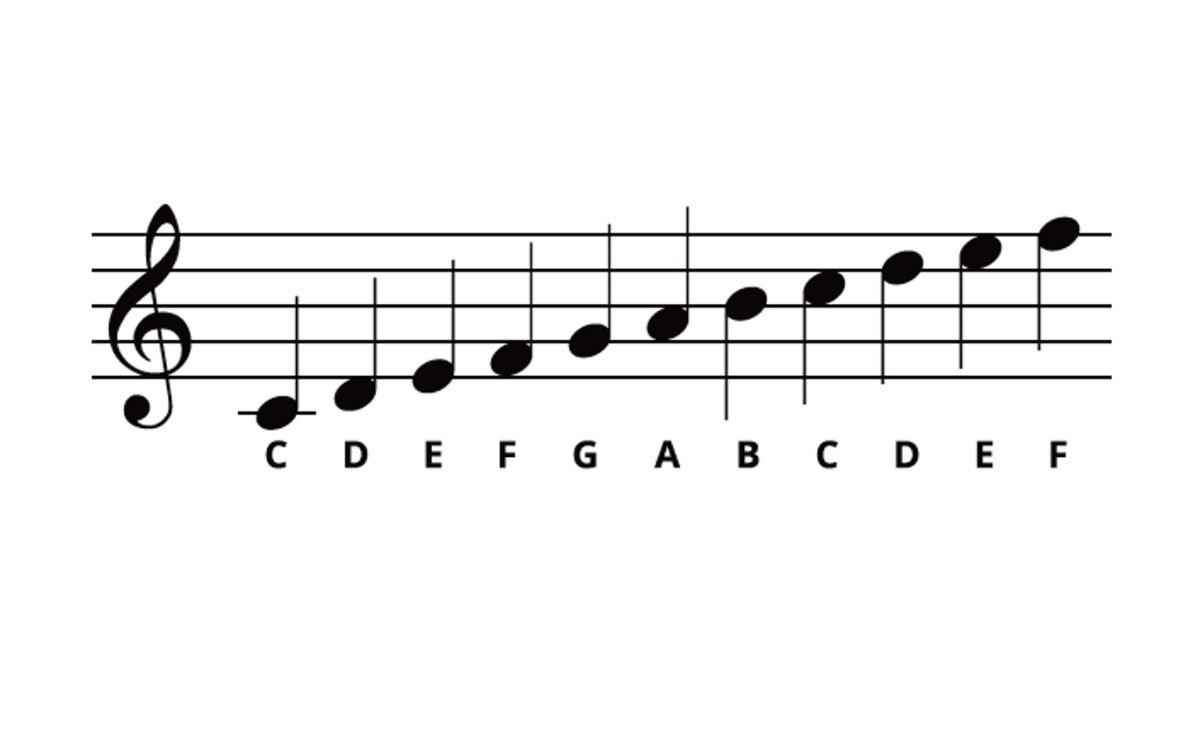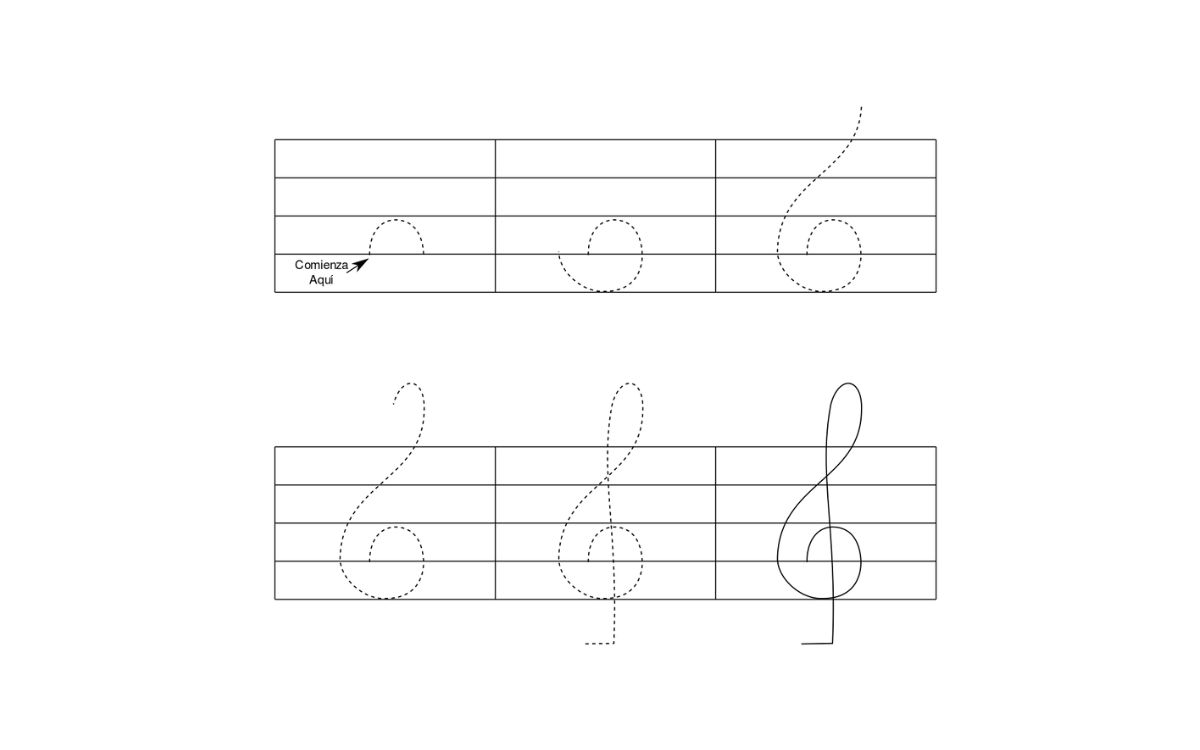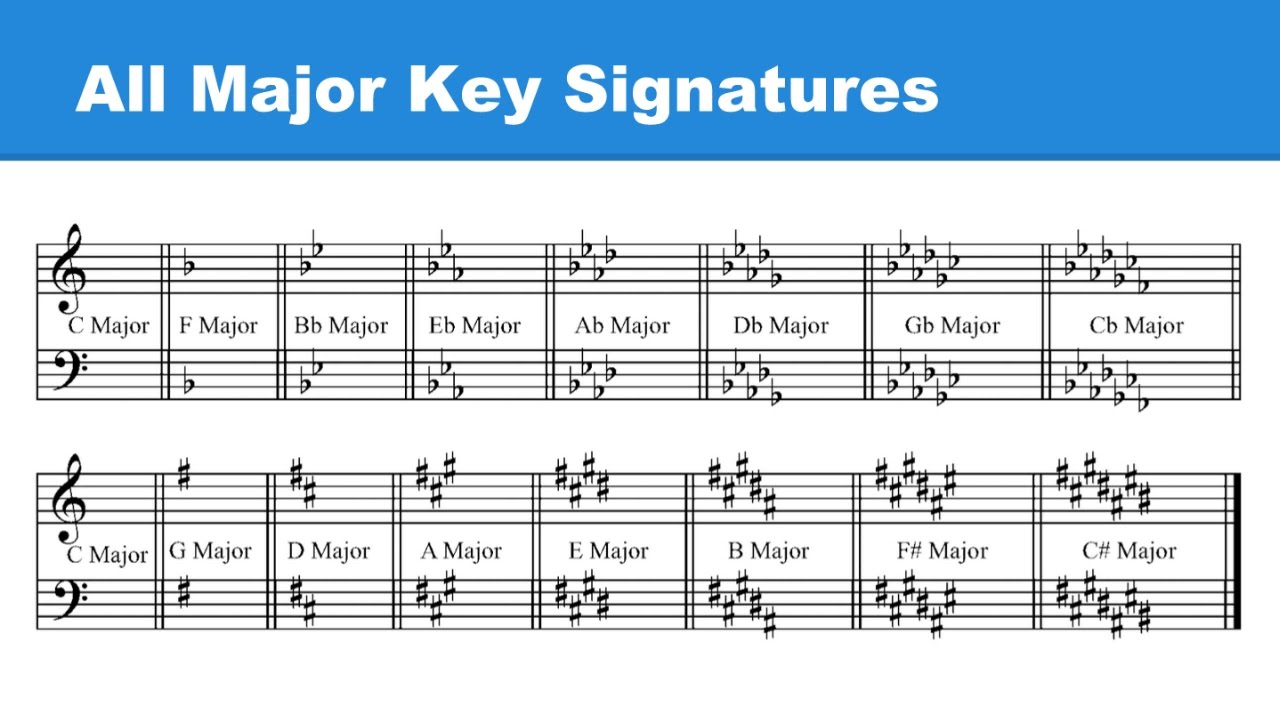Home>Production & Technology>Treble>How To Change From Treble To Bass Clef Infinite
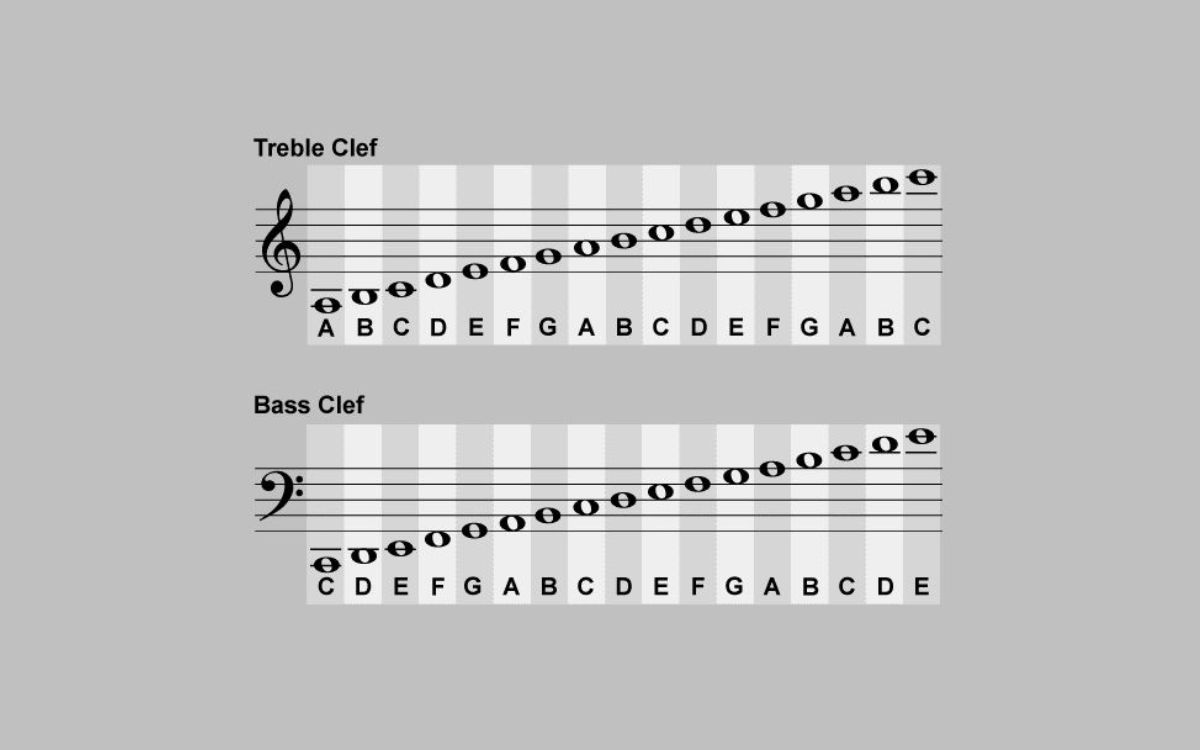

Treble
How To Change From Treble To Bass Clef Infinite
Modified: January 22, 2024
Learn how to effortlessly switch from treble to bass clef with our comprehensive guide. Master this musical transition and expand your repertoire today!
(Many of the links in this article redirect to a specific reviewed product. Your purchase of these products through affiliate links helps to generate commission for AudioLover.com, at no extra cost. Learn more)
Table of Contents
Introduction
When it comes to reading and playing music, understanding different clefs is crucial. Clefs are musical symbols that determine the range of notes and their corresponding pitches on a staff. One of the most commonly used clefs is the treble clef, also known as the G clef. It is typically used for instruments like the piano, violin, flute, and many others. However, there may come a time when you want to broaden your musical horizons and explore the bass clef.
The bass clef, also known as the F clef, is widely used for instruments like the bass guitar, cello, tuba, and more. It represents lower pitches and provides a foundation for harmonies and rhythms. While transitioning from the treble to the bass clef may seem daunting at first, with a little practice and understanding, you can master this new musical territory.
In this article, we will delve into the basics of both the treble and bass clef, explore the process of transitioning from treble to bass, and provide practice exercises and tips to help you become proficient in reading and playing music in the bass clef. Whether you’re a musician looking to expand your repertoire or a music student wanting to broaden your musical knowledge, this guide will equip you with the necessary skills to make the transition from treble to bass clef with ease.
Understanding Clefs
Before diving into the specifics of the treble and bass clef, it’s essential to have a solid understanding of what clefs are and how they function in written music. Clefs are symbols that are placed at the beginning of a staff to indicate the pitch range of the notes that will be represented. They provide a frame of reference for reading and interpreting musical notation.
In addition to the treble and bass clef, there are other clefs such as the alto clef, tenor clef, and percussion clef. Each clef has its own unique symbol and placement on the staff, indicating a different pitch range.
It’s important to note that clefs are notated vertically on the staff, with the specific line or space they indicate determining the pitch for that particular note. The position of the clef on the staff affects the way notes are represented and played.
Understanding and recognizing different clefs is crucial for musicians as it allows them to read music written for various instruments. It’s similar to learning different languages; being proficient in multiple clefs enables musicians to communicate and perform music written for different instruments.
Next, let’s explore the basics of the treble clef, which is commonly used for instruments like the piano, guitar, and violin.
Basics of the Treble Clef
The treble clef, also known as the G clef, is one of the most widely recognized musical symbols. It is predominantly used for instruments that produce higher notes, such as the piano, violin, flute, and trumpet. Understanding how the treble clef works is fundamental to reading and playing music in this clef.
The treble clef is characterized by its curvy design, resembling a stylized letter G with a loop. This loop wraps around the second line of the staff, indicating that this line represents the note “G.”
When reading music in the treble clef, each line and space on the staff corresponds to a specific note. The lines, from bottom to top, represent the notes E, G, B, D, and F. A common mnemonic to remember these notes is “Every Good Boy Deserves Fudge.”
The spaces, from bottom to top, represent the notes F, A, C, and E. A popular mnemonic to remember these notes is “FACE.”
As you encounter different pitches and notes on the treble clef staff, keep in mind that each note is located on a specific line or space. Practicing note recognition and becoming familiar with the staff’s layout will significantly enhance your ability to read and interpret music in the treble clef.
Now, let’s move on to understanding the basics of the bass clef, which represents lower pitches and is commonly used for instruments like the bass guitar, cello, and tuba.
Basics of the Bass Clef
The bass clef, also known as the F clef, is an essential element in music notation. It is primarily used for instruments that generate lower-pitched sounds, such as the bass guitar, cello, and tuba. Understanding the basics of the bass clef is crucial for musicians who want to expand their musical skills and explore a wider range of instruments.
The bass clef is characterized by its two dots, placed above and below the line that represents the note “F.” These dots surround the fourth line from the bottom of the staff, indicating that this line represents the note “F.”
Similar to the treble clef, each line and space on the bass clef staff represents a specific note. The lines, from bottom to top, represent the notes G, B, D, F, and A. You can remember these notes with the mnemonic “Good Boys Do Fine Always.”
The spaces, from bottom to top, represent the notes A, C, E, and G. A popular mnemonic to remember these notes is “All Cows Eat Grass.”
Reading and interpreting music in the bass clef requires familiarity with the positioning of notes on the staff. By practicing note recognition and memorizing the layout of the lines and spaces on the bass clef staff, you will gradually become more comfortable and proficient in playing music written in this clef.
Now that we have a solid understanding of both the treble and bass clef, let’s explore the process of transitioning from the treble to the bass clef smoothly.
Transitioning from Treble to Bass Clef
Transitioning from the treble to the bass clef may seem challenging at first, but with practice and dedication, you can make a smooth and successful transition. Here are some tips and steps to guide you through the process:
1. Familiarize Yourself with the Bass Clef: Spend time studying and understanding the notes, lines, and spaces of the bass clef staff. Recognize the placement of the notes and their corresponding pitches. Practice reading simple melodies or exercises written in the bass clef to become comfortable with the new notation.
2. Learn the New Note Positions: While some notes may overlap between the treble and bass clef, it’s important to recognize that their positions on the staff differ. Take note of the new positions of notes and their corresponding pitches on the bass clef. Use mnemonic devices or other memory aids to help you remember the placement of the notes.
3. Practice Sight Reading: Sight reading exercises in the bass clef will help improve your ability to read and play music in this new clef. Start with simple melodies and gradually progress to more complex pieces. Practice sight reading regularly to develop fluency and accuracy.
4. Play Familiar Melodies in Bass Clef: Take a song or melody that you are already familiar with playing in the treble clef and try playing it in the bass clef. This will help you understand how the notes and melodies translate to the lower register. Start with simple tunes and gradually move on to more challenging pieces.
5. Practice Hand Independence: If you are playing an instrument like the piano that requires both hands, transitioning to the bass clef involves developing hand independence. Practice exercises that focus on playing different rhythms and patterns with each hand to improve your coordination and ability to navigate the bass clef efficiently.
Remember, transitioning from the treble to the bass clef takes time and consistent practice. Be patient with yourself and celebrate small milestones along the way. With determination and effort, you will gradually become more proficient in reading and playing music in the bass clef.
Now that we have covered the transitioning process, let’s move on to some practice exercises that will help solidify your skills in the bass clef.
Practice Exercises for Transitioning
As you transition from the treble to the bass clef, consistent practice is key to developing fluency and confidence. Here are some exercises that will help you solidify your skills in reading and playing music in the bass clef:
1. Note Identification: Start by practicing note identification in the bass clef. Create flashcards with various notes written in the bass clef and challenge yourself to identify them quickly. Gradually increase the difficulty by including ledger lines and accidentals.
2. Scale Playing: Play scales in the bass clef to familiarize yourself with the new fingerings and note relationships. Begin by playing the C major scale, then progress to other major and minor scales. This exercise will help you become more comfortable with the layout of the bass clef and improve your overall finger dexterity.
3. Sight Reading: Practice sight reading exercises specifically designed for the bass clef. Start with simple melodies or short musical passages and gradually work your way up to more complex pieces. Challenge yourself to read ahead while keeping a steady tempo.
4. Transposition: Take familiar songs or melodies that you are comfortable playing in the treble clef and transpose them to the bass clef. This exercise will help you apply your knowledge of the bass clef and develop your ability to mentally shift between clefs.
5. Ensemble Playing: Find opportunities to play with other musicians who are proficient in the bass clef. Participating in a band, orchestra, or chamber group will allow you to experience playing in the bass clef in a real-life musical setting, improving your ability to navigate and synchronize with other instruments.
Remember to start with exercises that match your skill level and gradually challenge yourself with more difficult exercises as you progress. Consistent and disciplined practice will greatly improve your ability to read and play music in the bass clef.
Now that you have practiced transitioning and strengthening your skills in the bass clef, let’s explore some tips and techniques for mastering the bass clef.
Tips and Techniques for Mastering Bass Clef
Mastering the bass clef requires dedication, practice, and a solid understanding of the fundamentals. Here are some tips and techniques to help you become proficient in reading and playing music in the bass clef:
1. Daily Practice: Consistency is key. Set aside dedicated time each day to practice reading and playing in the bass clef. Start with warm-up exercises and gradually work your way to more challenging pieces. Regular practice will help you internalize the notes and improve your overall fluency.
2. Learn the Key Signatures: Familiarize yourself with the key signatures used in the bass clef. Understand the relationship between the key signature and the notes it affects. Practice playing scales, arpeggios, and chords in different keys to develop dexterity and understanding of the bass clef’s harmonic structures.
3. Focus on Rhythm: The bass clef plays a crucial role in establishing the foundation of the rhythm in music. Pay close attention to the rhythmic patterns in the bass clef and practice counting and subdividing beats accurately. Work on exercises that specifically target rhythm and timing to improve your ability to interpret and execute bass lines with precision.
4. Listen to Bass Instruments: Immerse yourself in music that prominently features bass instruments. Listen to bass guitarists, cellists, or other bass-oriented musicians and pay attention to their phrasing, articulation, and tone. By developing an ear for bass lines, you’ll enhance your ability to accurately interpret and perform bass clef music.
5. Use Visualization Techniques: Visualize the notes on the bass clef staff as you read and play. Mentally imagine the positions of the notes on the fingerboard or keyboard of your instrument. This visualization technique helps you make a strong connection between the written music and the physical execution, aiding your overall understanding and mastery of the bass clef.
6. Seek Guidance: Consider working with a qualified instructor or mentor who can offer guidance, feedback, and personalized instruction. A knowledgeable teacher can help identify areas for improvement and provide valuable insights to enhance your bass clef playing technique.
Remember, mastering the bass clef takes time and patience. Celebrate small victories along the way and don’t be discouraged by initial challenges. With consistent practice and a focused approach, you will gradually become more proficient in reading and playing music in the bass clef.
Now, let’s wrap up our discussion on transitioning from treble to bass clef.
Conclusion
Congratulations on embarking on your journey to transition from the treble to the bass clef! Understanding different clefs is a valuable skill for any musician, and expanding your knowledge to include the bass clef opens up a whole new world of musical possibilities.
In this article, we explored the basics of both the treble and bass clef, delving into their symbols, note positions, and important mnemonic devices to aid in note recognition. We discussed the process of transitioning from treble to bass clef, highlighting the importance of practice, note identification, and hand independence. Additionally, we provided various exercises and tips to help you solidify your skills in reading and playing music in the bass clef.
Remember, transitioning to a new clef can be challenging, but with consistent practice, patience, and a positive mindset, you will make continuous progress. Start with simple exercises, gradually increasing the difficulty level, and seek guidance when needed.
Embrace the opportunity to explore new instruments, broaden your musical repertoire, and experience the joy of creating music in a different register. The bass clef will bring depth and richness to your musical expressions, allowing you to create powerful foundations and explore new musical horizons.
So, go ahead and dive into the world of the bass clef. Embrace the challenge, embrace the learning process, and most importantly, have fun along the way. Keep practicing, keep learning, and soon you’ll feel confident and comfortable in reading and playing music in the bass clef.
Good luck on your musical journey, and may the treble and bass clefs intertwine harmoniously in your musical endeavors!

